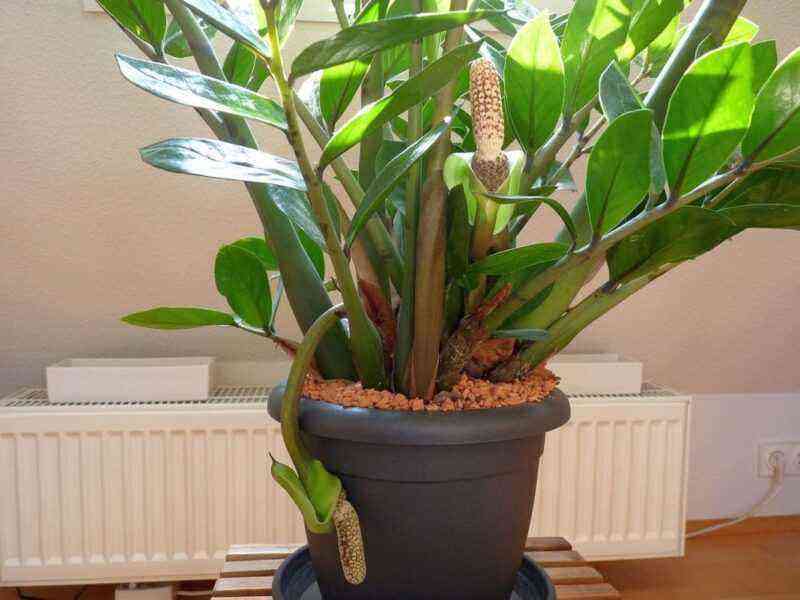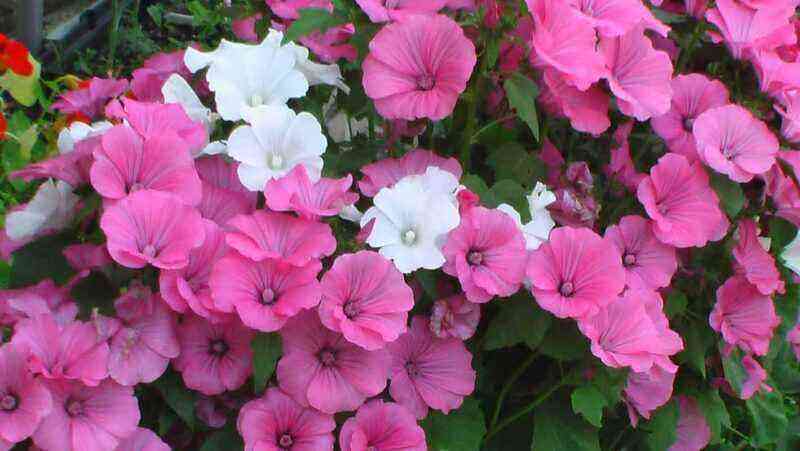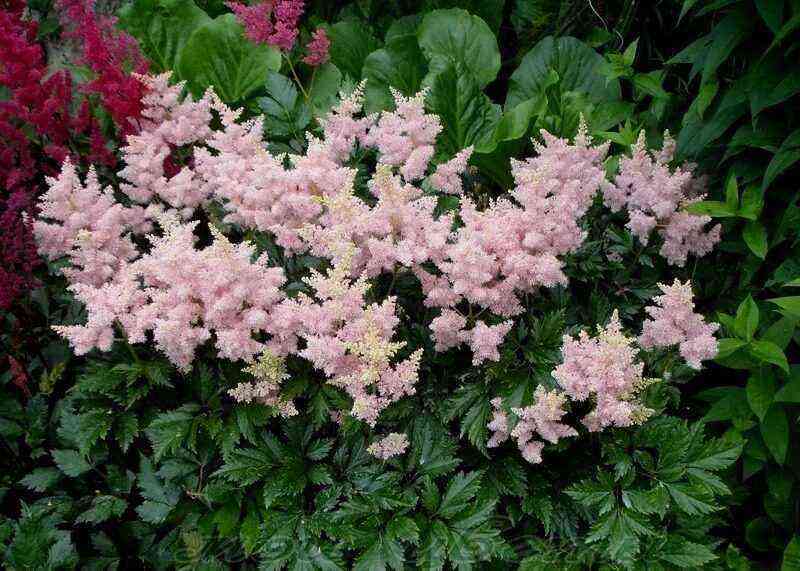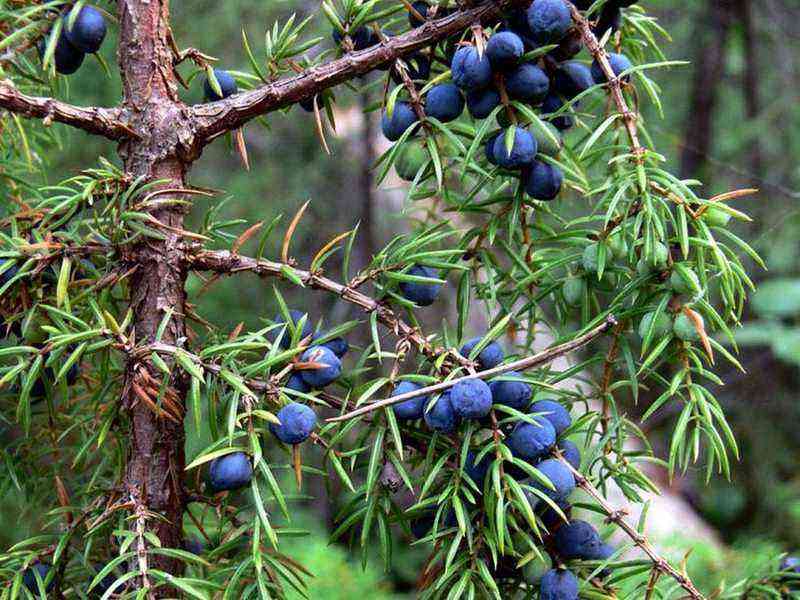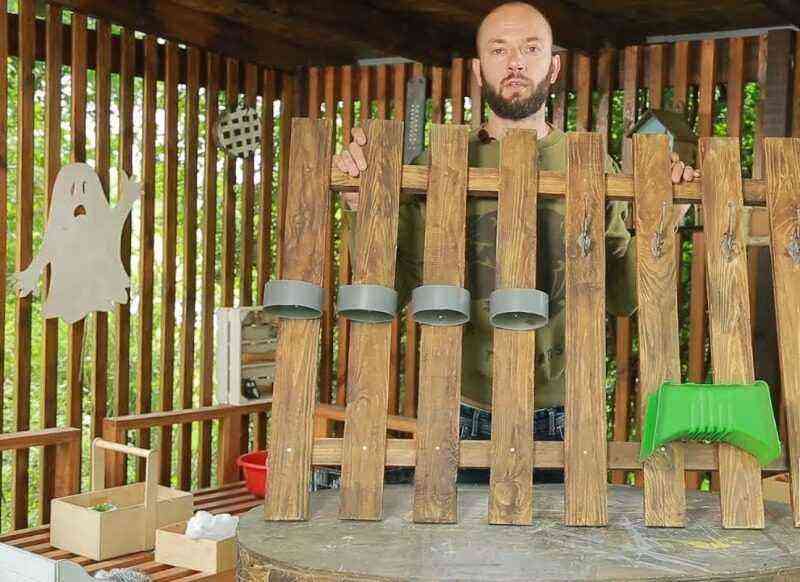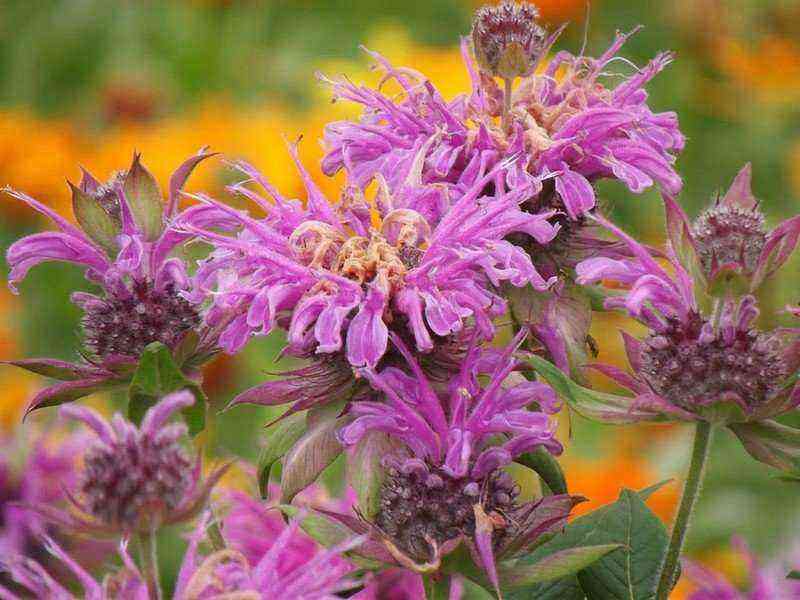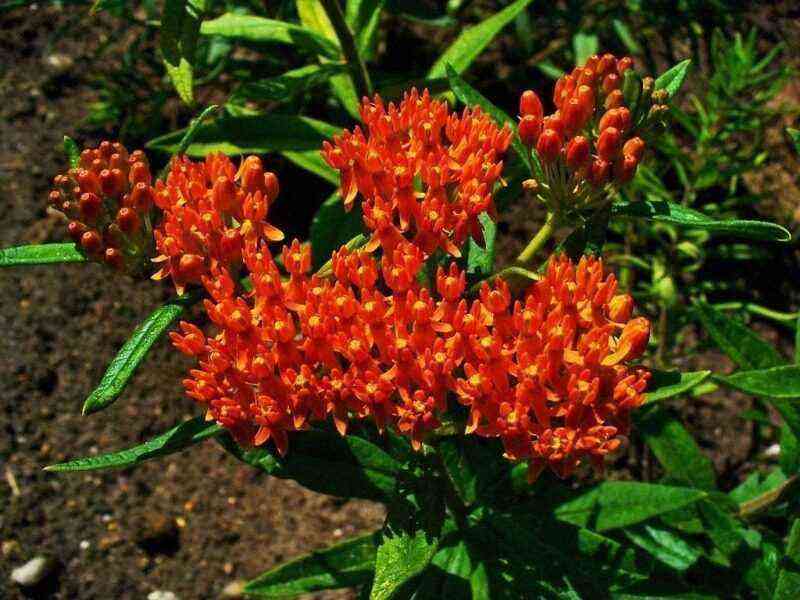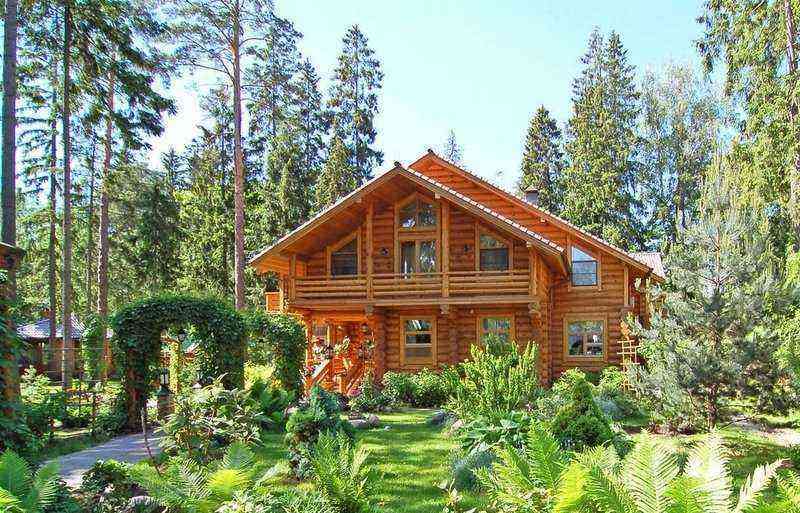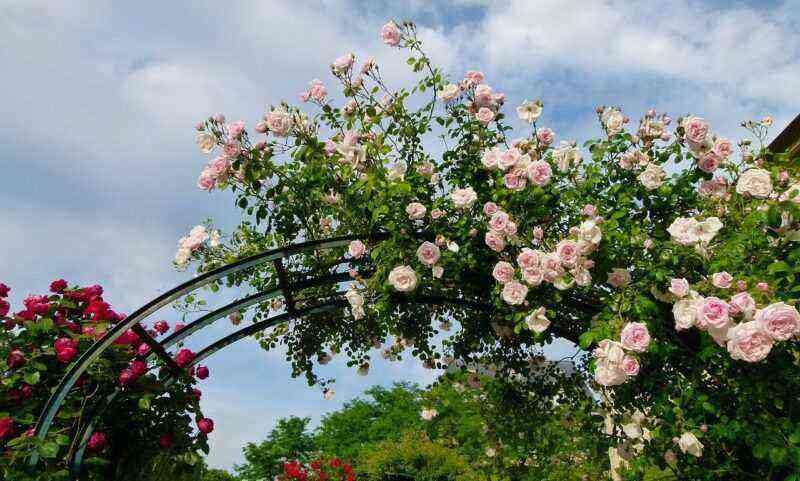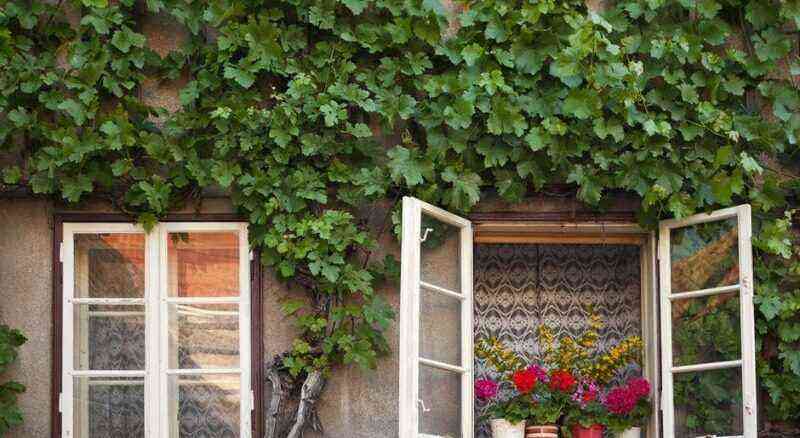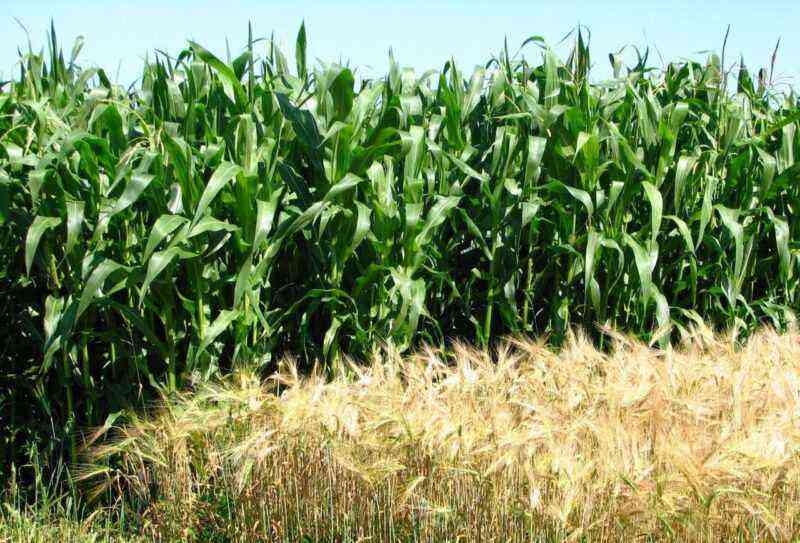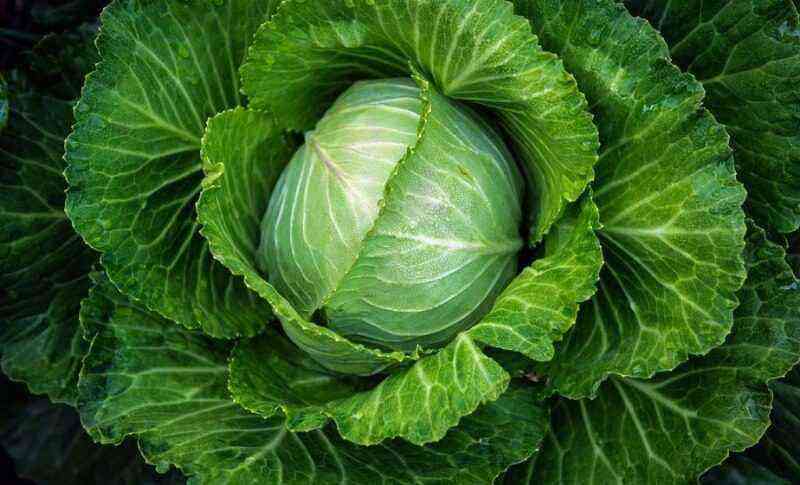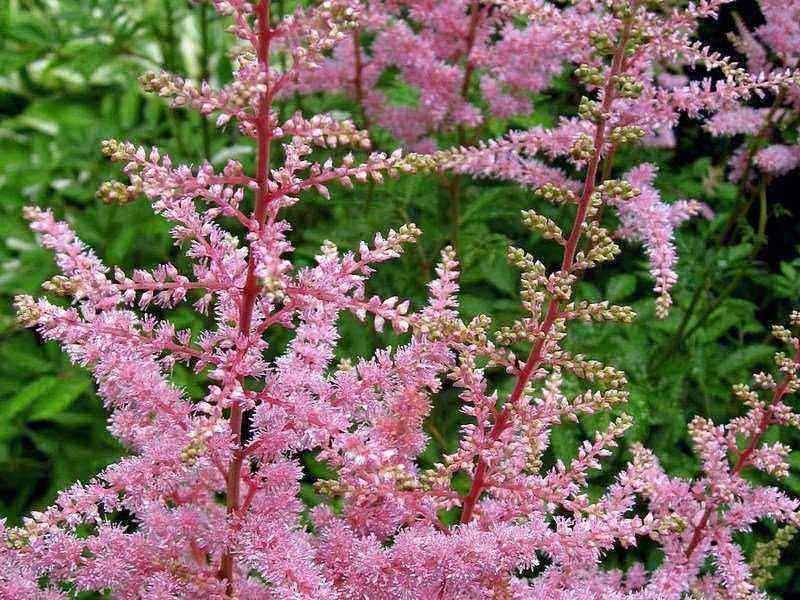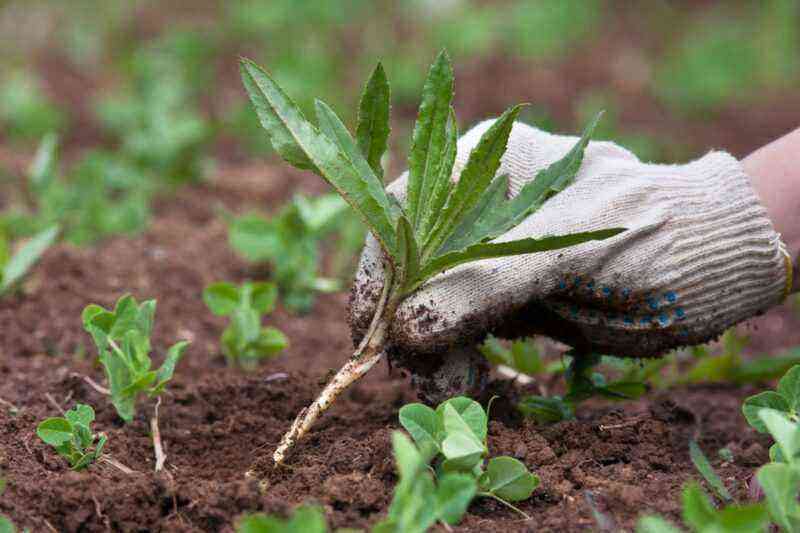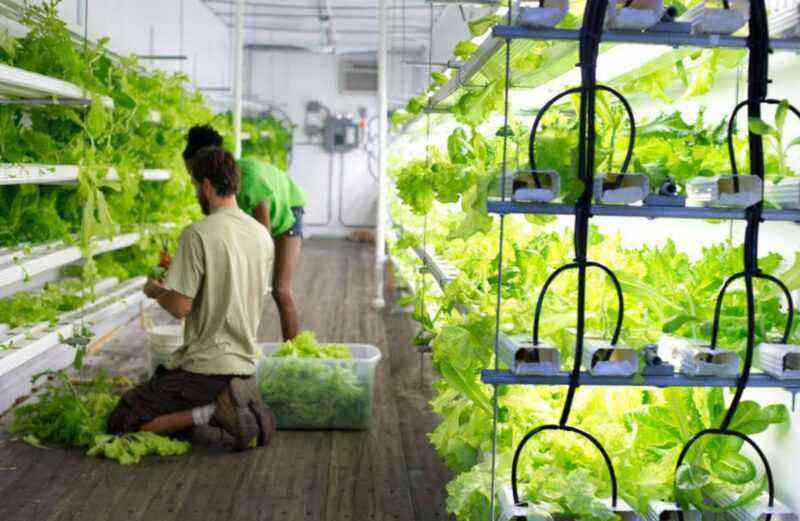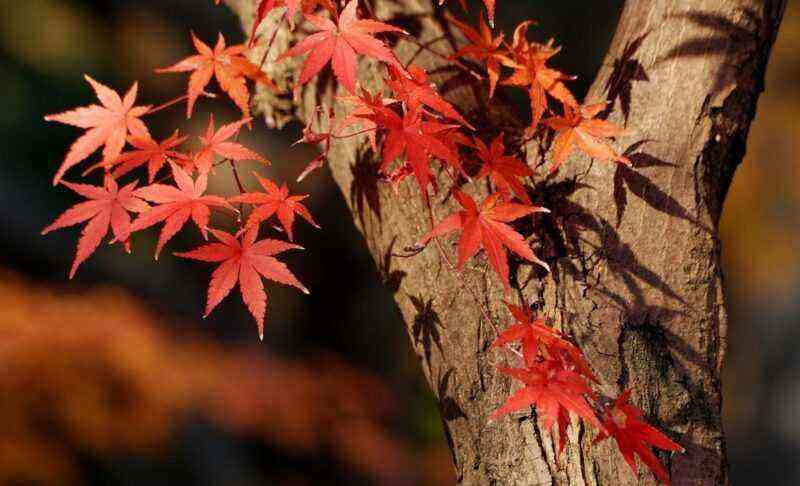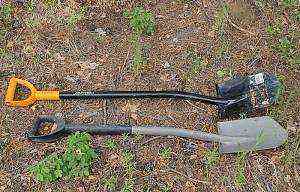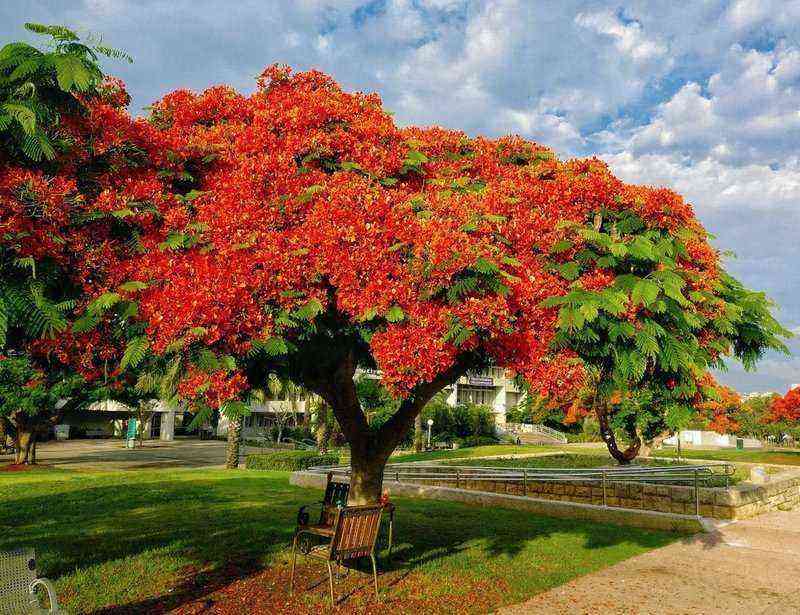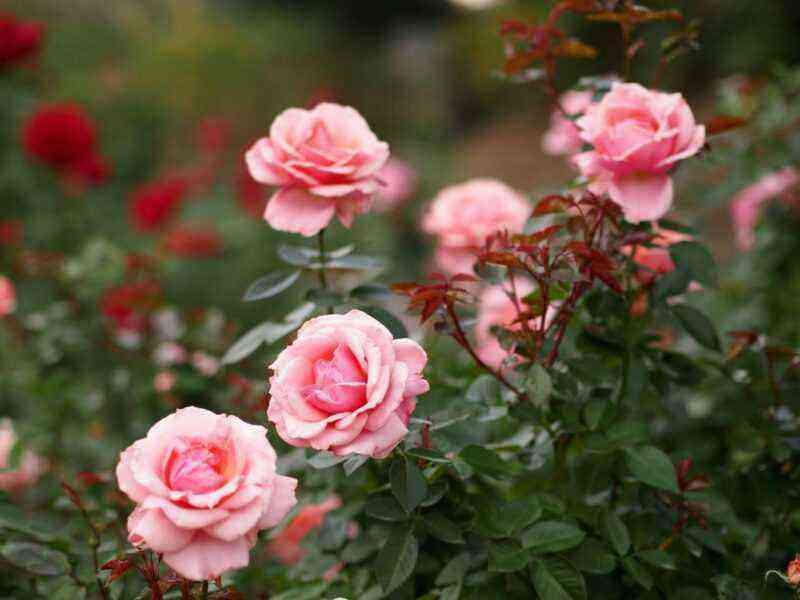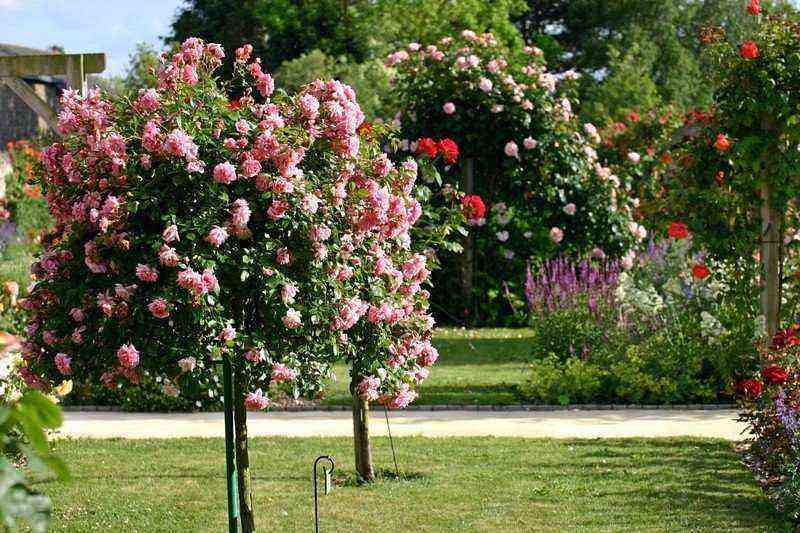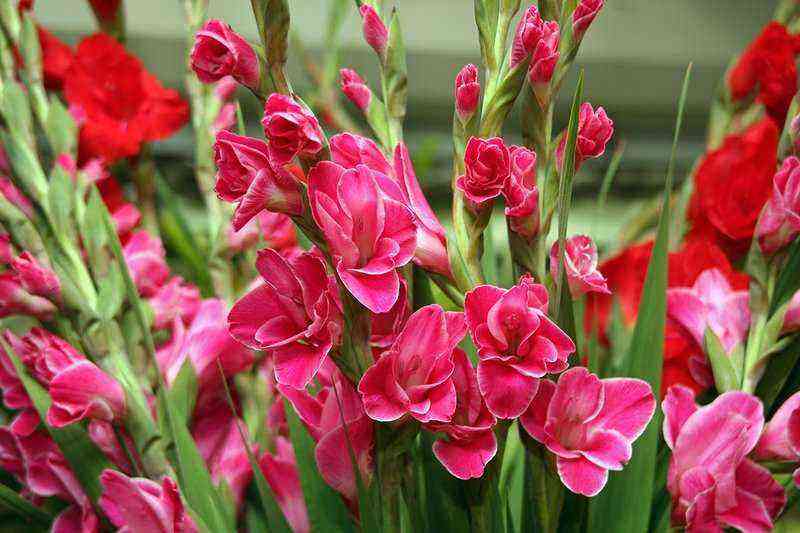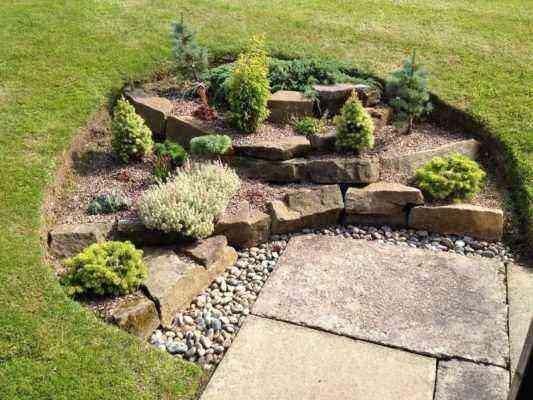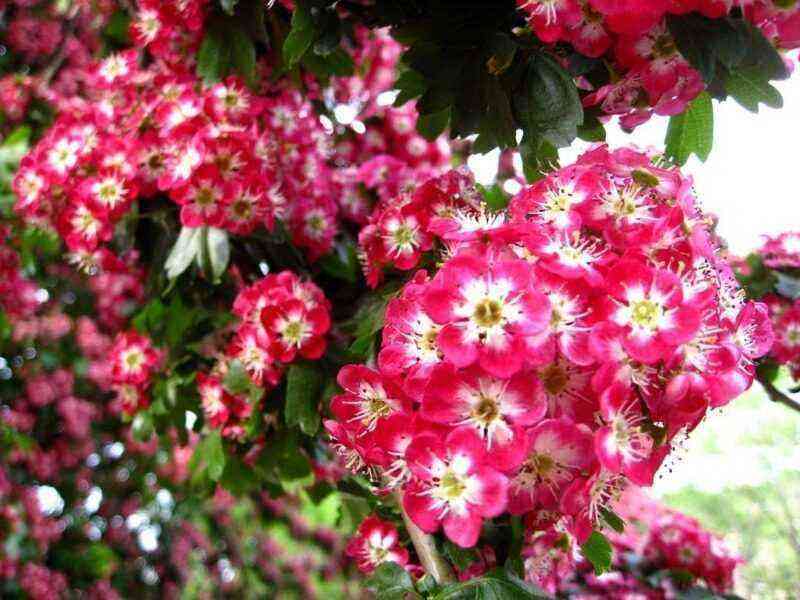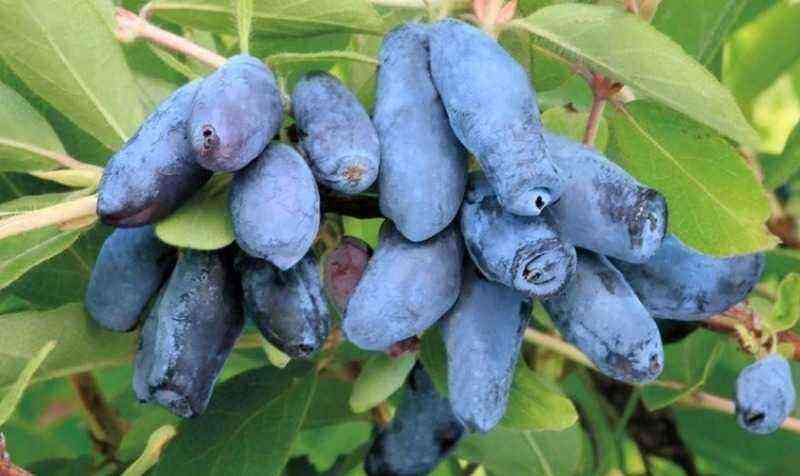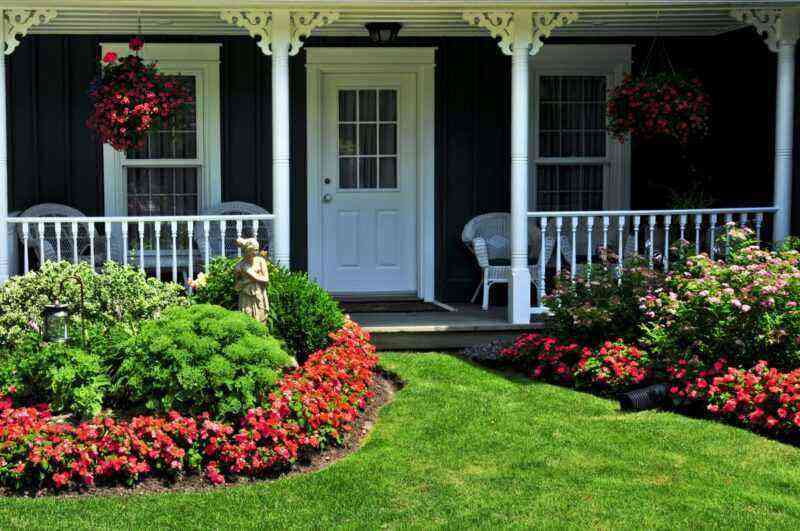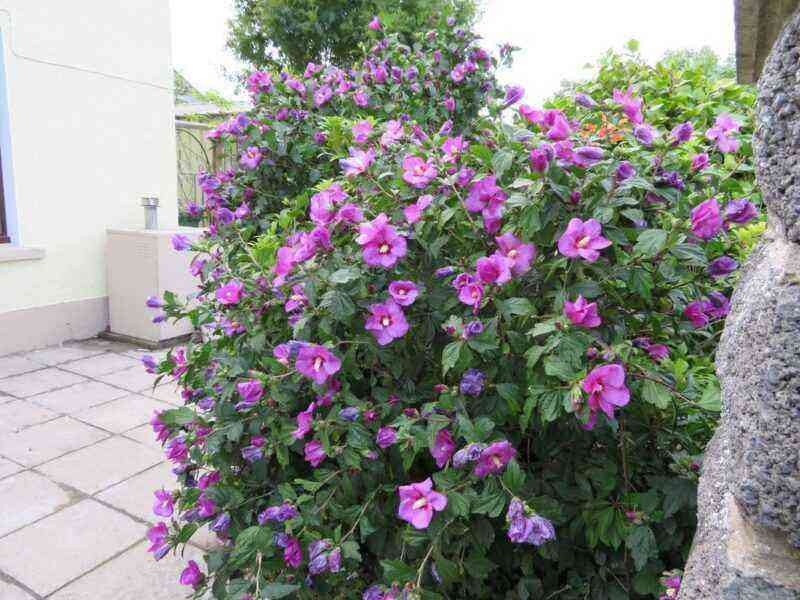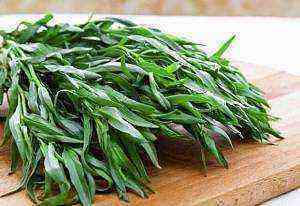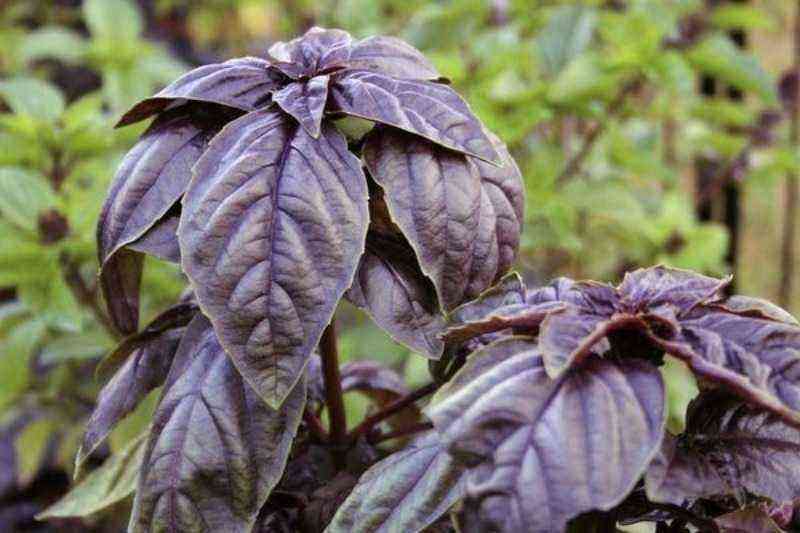When the happy owners of their own summer cottage first come to their 5-10 acres, then in most cases an unsightly picture awaits them. The land overgrown with weeds and wild undergrowth, with Christmas trees and samosei pine needles at first glance, hints that there is a lot of work here. It is useless to count on a high yield without reclamation, which is why summer residents first of all start analyzing the soil composition of lands, the level of acidity, humidity, etc. And, depending on the problems identified, they carry out the necessary types of reclamation.
From Latin, melioratio is translated as “improvement”. In the ancient world, this word was used to denote a system of measures, the purpose of which is to improve the quality and fertility of lands in order to increase productivity. Good land has been valued throughout the ages, so agronomical scientists have come up with various ways to turn empty unusable soils into an oasis of fertility. They supplied water to arid places, eliminated waterlogging and excess salts, and adjusted the composition of the soil by applying different types of fertilizers. As a result, four directions of reclamation were developed, which are now used in garden plots, in farms, etc.
A cultural-technical type of reclamation is carried out by each summer resident at the initial stage of the development of the site. In order to get decent land from the abandoned wasteland for laying out beds and flower beds, you must at least cut down old trees, uproot stumps, cut off hummocks and fill holes, and also clean the area from stones. By the way, you can read about the most effective ways of uprooting tree stumps in a separate article “Grubbing tree stumps”. When the land is cleared for the first plowing, the soil type is analyzed. On clayey heavy soils, sanding is carried out, introducing 10 to 20 cm of sand and plowing it into the upper layers of the soil. This improves the air and water regime of the earth, increases the degree of heating of the soil, and eliminates the formation of crusts during the dry season.
Clay is the opposite process. It is carried out on light and poor sandy lands. Loam is scattered in a layer up to 10 cm for plowing. Clay helps to retain moisture and enriches the soil with trace elements that are lacking in the sand.

Depending on the type of soil prevailing in the summer cottage, sand, clay, chernozem, peat crumb and other components are added to help improve the aero- and hydro-permeability of the soil
If the site falls on peat bogs, it is recommended to simultaneously add clay and sand. Peat bogs tend to freeze to great depths, and the introduction of a clay-sand mixture makes the soil lighter, accelerates the process of thawing of the soil in spring and allows sowing the beds 10-12 days earlier than usual.
Each plant has its own needs for water, but most still do not tolerate excess or lack of moisture. Therefore, soil reclamation includes such a direction as hydraulic engineering. Its task is to establish a normal level of moisture in the soil with the help of a set of measures, which affects the yield of crops. Depending on the location of the site (lowland or hill, proximity to a natural reservoir or hilly terrain …), it is determined what irrigation and drainage works are required in specific places of the site.
Land drainage: removes excess moisture
If the summer resident is “lucky” to get land in the lowland, where after each rain the soil does not dry out for weeks, then a drainage system will have to be created. Otherwise, the plants will wither, and the foundation of the buildings will begin to undermine during the melting of snow or floods. Depending on the degree of waterlogging, an open, point or closed drainage system covering the entire area is created. More details about the technology of laying drainage can be found in the article “Water drainage system at the site.”
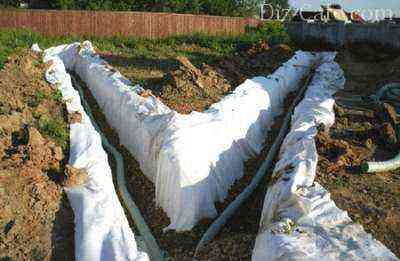
If the site is located in a lowland, then its main problem will be high soil moisture, which will be eliminated by closed drainage
Irrigate the soil: helps fight drought
If the soil is light and weakly retains moisture, as well as in areas with a hot climate, be sure to think over the irrigation system of the site. In the summer, during the growth of horticultural crops, moisture is vital. Without it, plants can shed their color, reduce the degree of ovary formation, and the fruits will be shriveled and small. Therefore, summer residents choose one of the types of irrigation that is most beneficial in specific conditions.
So, the surface irrigation method is used more often in large agricultural lands. Water is allowed on the soil surface through special ditches, furrows, stripes, and sometimes full flooding of areas is used.
Sprinkler irrigation is a more common method of watering in private backyards. Water enters the soil in the form of small raindrops through sprinklers installed in the right places. The advantage of such irrigation is that the water consumption is significantly lower than with surface irrigation. In this case, there is no need to dig out special furrows, which means that the soil is used to the maximum. Moisture saturates not only the roots of plants, but also forms an aerial column, clearing the leaves of plants from dust and accelerating the processes of photosynthesis.
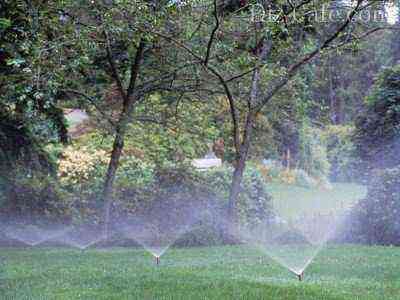
When irrigating a plot by sprinkling, not only the roots of plants are saturated with moisture, but also the entire aboveground part, which accelerates the processes of photosynthesis
Subsoil irrigation is the most laborious way to increase soil moisture. It requires the laying of perforated pipes throughout the site and connecting them to the pumps. The water injected by pressure will run through the pipes and gradually leave through the holes into the soil, thereby increasing its moisture. A type of subsurface irrigation is drip irrigation. True, today pipe laying using this method can be carried out both in the soil and above it. With drip irrigation, a minimum amount of water is consumed, weeds are not “fed” with moisture, and each plant receives exactly as much “drink” as it needs, and not in abundant doses, but gradually.
In addition to drainage and irrigation, irrigation and drainage activities may include the fight against landslides, mudflows, soil erosion, etc.
Perhaps the most popular type of soil reclamation can be called chemical, because every summer resident annually applies certain fertilizers to improve the composition of the soil and fights against high acidity. Acidic soil is a very common problem, because precipitation, an excess of mineral fertilizers, and incorrect crop rotation destroy the PH balance, reducing the yield and quality of the land itself. We have already written about how to deal with soil acidity and improve its fertility (articles “Liming the soil in the garden” and “What determines the fertility of the soil”), so we will focus on other types of chemical reclamation work.
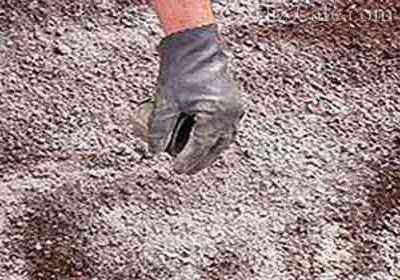
Adding lime, dolomite flour or wood ash to the soil helps to normalize the acidity of the soil and improve the development of most horticultural crops
An excess of salts, like an excess of acid, is unfavorable for plants. And if a summer resident got a plot with so-called salt marshes – in places on a plot where a large amount of natural salts are concentrated in the soil, then these areas are neutralized first of all.
According to the degree of salinity, soils are different – from slightly salted to saline soils, but the fight against a similar phenomenon on all lands is carried out in the same way. The soil is washed to remove salts from the top fertile layer. About 150 liters of water are consumed per square meter. It is clear that not a single crop will withstand such flooding, so the leaching is carried out on clean land. Flushing in areas with a closed drainage system is very effective. Excess salts, together with water, will go into the pipes, and from there – outside the site. So with subsequent plowing, the ground from the depth will also not be salted.
In cold climates, thermal reclamation work helps to achieve rapid soil warming in spring. Their goal is to increase the temperature of the surface and deep layers so that during late frosts the roots are protected from frost penetration through the soil. For this, different types of mulching are used, laying compost layers and pits in the soil, compacting light soils, etc.
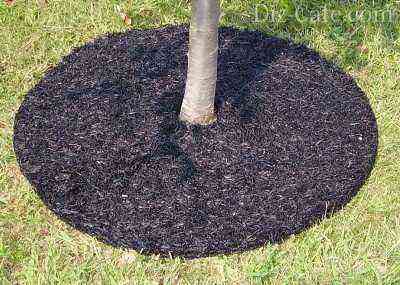
Mulching near-stem circles of trees helps to reduce the likelihood of freezing of the roots in harsh winters and retains healing moisture in the soil
Land reclamation also belongs to a separate type of land reclamation, i.e. their restoration. Often in the process of building cities, mining, etc., part of the adjacent land is slagged with processing waste, construction waste, waste rock dumps, etc. Subsequently, when the main work ends, a lifeless desert remains in this place, which is often distributed as summer cottages. And the newly made owners have to deal with the restoration of fertility and the natural landscape of the area, if the city services did not take care of this themselves.

Restoring the normal balance of the soil and its topography on spoiled lands is not an easy process. It requires the involvement of large-sized equipment for garbage disposal, leveling the soil
It is better to carry out restoration work after a complete analysis of the state of the land and a conclusion, which should be given by amelioration specialists and ecologists.
As you can see, land reclamation is an important link in maintaining soil fertility. And if you buy a dacha not only for recreation, but also for growing your own “vitamins”, then the first step is to prepare the soil, and only then to plant crops.
